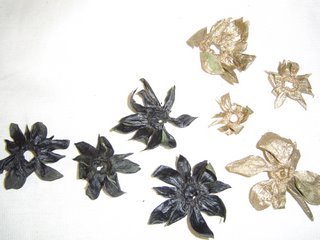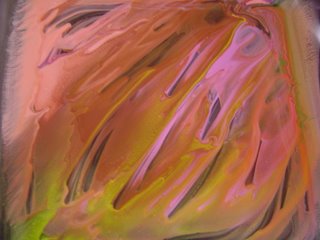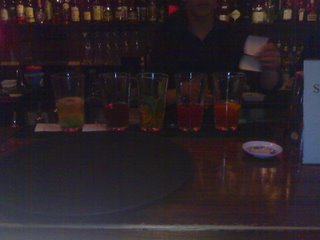Damien Dabbles With Taste Perception
The first challenge in flavouring is getting people to think about the flavour perception of the overall product as opposed to the ‘flavour’ itself. The inherent flavours of a formula and the actual ‘flavour’ that you add to your product should never be separated in development as they have to work together in the finished product. When you address flavour perception, the first thing that impacts a consumer is the product’s appearance.
read more http://www.ffnmag.com/NH/ASP/strArticleID/535/strSite/FFNSite/articleDisplay.asp
Most people readily accept that you can trick your brain because the response to visual stimuli can be manipulated. When told beforehand what to expect, most people will see the expected image first.
I have had fun experimenting with this in the past by handing someone an object which appears to be heavy and warning them about its heaviness. They prepare themselves for huge weight and are shocked when they receive something much lighter that what they expected.
Does the colour of a drink affect the way it tastes?
I decided to test this idea with raspberry flavoured cordial. I poured the same amount of raspberry flavouring in each of five cups. Not a very strong mix. I then poured extra red food colouring in the glasses to control the five different intensities of red.

The first participants were my mother and stepdad, my little brother and his friend. I have also repeated this experiment with any friends who have visited me in the past week. There were two main ages groups here, 35-55, 15-25. Approx. 20 participants.
Results
- Colour of the solution did not affect perceived flavour or sweetness of the drink.
- Colour did affect the intensity of the flavour, especially in the older group. Participants reported that the drinks with more red colour tasted stronger.
- Colour affected how much the flavour tasted like raspberry.
- Colour affected how much they liked the drink.
and this made me think..
At a young age you seem to give everyone a chance and make friends with almost anybody. You investigate, you learn, you make mistakes. But as you get older you become tired of this process and consider simply judging something as quickly as possible to see whether or not you should waste your time.
From this test I have found that the initial visual of a product greatly affects the outcome of an individuals later perception of it. So yes, the colour of a drink can affect the way it tastes.
However, for this research to be more representative, more participants could have been used. These results could have been generalised further, rather than only to my family and friends. I would have also liked to experiment with a much younger age group. Possibly pre-schoolers as well as primary school children. I am also interested in how the elderly react to initial visual perception as opposed to the middle-aged bracket. I'll stop by the daycare and aged care, make a few kidnappings and get back to you all with the results.























